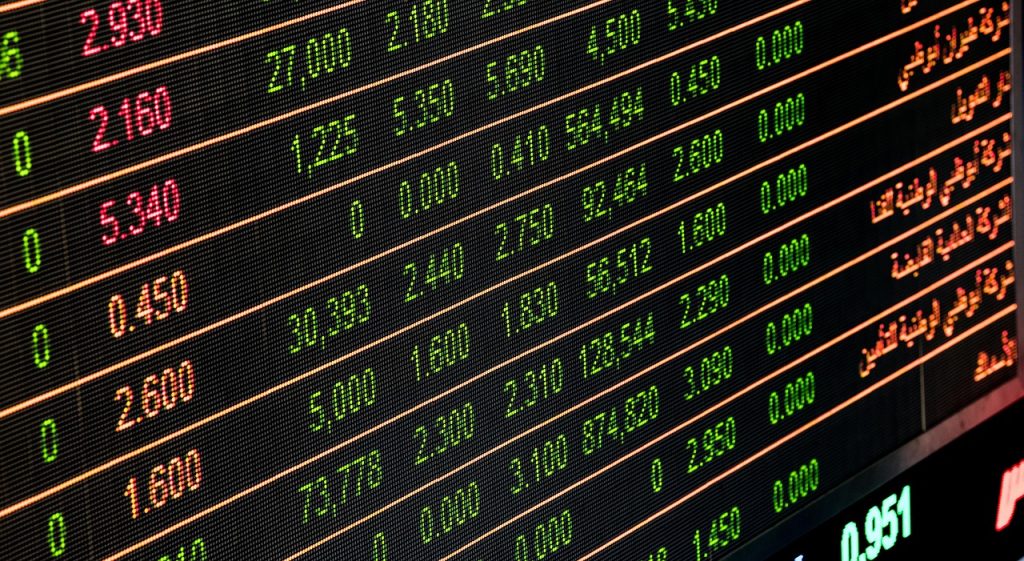If you’re new to the world of forex trading, you may feel overwhelmed by the range of strategies and techniques available to you. But fear not, because this article is here to help! In this guide, we will explore some essential forex trading strategies specifically designed for beginners. Whether you’re interested in fx trading, forex trading, or trading foreign exchange, this article will provide you with the necessary knowledge to kick-start your journey into the exciting world of forex trading online. So, let’s get started and uncover the strategies that will set you on the path to success.
Heading 1: Understanding Forex Trading
forex trading, also known as foreign exchange trading, is the process of buying and selling currencies on the global foreign exchange market. This market is the largest and most liquid financial market in the world, with an average daily trading volume of around $5 trillion. The forex market operates 24 hours a day, five days a week, allowing traders to participate from all over the world.
Subheading 1: What is Forex Trading?
Forex trading involves the buying of one currency against the selling of another currency in order to make a profit from the exchange rate fluctuations. Unlike stock trading, which takes place on exchanges, forex trading is conducted over-the-counter (OTC) through a decentralized network of financial institutions. The forex market operates electronically, with participants trading currencies through computer networks.

Subheading 2: Why Trade Forex?
There are several reasons why individuals and institutions choose to trade forex. Firstly, the forex market offers high liquidity, meaning that traders can enter and exit positions quickly without causing significant price movements. This liquidity also ensures that traders can access their funds easily.
Secondly, the forex market is known for its high volatility, which presents numerous trading opportunities. Price movements in the forex market can be influenced by a variety of factors, such as economic data releases, geopolitical events, and central bank interventions. Traders can take advantage of these price fluctuations by buying low and selling high.
Additionally, forex trading offers flexibility in terms of trading hours. As the market is open 24 hours a day, traders can choose to trade at any time that suits them. This is particularly beneficial for individuals who have other commitments during regular trading hours.

Subheading 3: Major Currency Pairs
In forex trading, currencies are traded in pairs. The most commonly traded currency pairs are known as the major pairs. These include pairs such as EUR/USD (Euro/US Dollar), GBP/USD (British Pound/US Dollar), and USD/JPY (US Dollar/Japanese Yen). Major pairs typically have high liquidity and tight spreads, making them popular among traders.
Other categories of currency pairs include minor pairs (also known as cross pairs) and exotic pairs. Minor pairs consist of currencies from major economies other than the US dollar, such as EUR/GBP (Euro/British Pound) or AUD/JPY (Australian Dollar/Japanese Yen). Exotic pairs involve one major currency paired with a currency from an emerging or less-traded economy, such as USD/ZAR (US Dollar/South African Rand) or GBP/TRY (British Pound/Turkish Lira).

Subheading 4: Forex Market Hours
The forex market is open 24 hours a day, five days a week. It begins trading in Asia on Sunday evening and continues until Friday evening in New York. However, it is important to note that not all trading sessions are equally active. The most active trading sessions occur when multiple financial centers are open simultaneously. These sessions include the Asian, European, and North American sessions.
The Asian session is the first to open and is characterized by relatively low volatility. This session is most active during the overlap with the European session. The European session is known for its high trading volume, as it includes major financial centers such as London, Frankfurt, and Paris. The North American session, which includes New York and Toronto, tends to see high volatility during its overlap with the European session.

Subheading 5: Different Forex Markets
Forex trading takes place in various markets around the world. The major forex markets include the spot market, futures market, and options market.
The spot market is the most widely known and commonly traded market. In this market, currencies are traded for immediate delivery, with transactions settled within two business days. The spot market is accessible to retail traders and offers high liquidity.
The futures market involves the trading of currency futures contracts. These contracts specify the future delivery of a specified amount of currency at a predetermined price and date. The futures market provides traders with the ability to hedge against exchange rate fluctuations and is commonly used by institutional investors and commercial hedgers.
The options market allows traders to buy or sell a currency at a predetermined price within a specific time period. Options provide traders with the opportunity to profit from exchange rate movements while limiting their downside risk. This market is less commonly traded compared to the spot and futures markets.
Overall, understanding the different forex markets is important for traders to determine which market suits their trading goals and preferences. It is also essential to be aware of the risks and rewards associated with each market.


